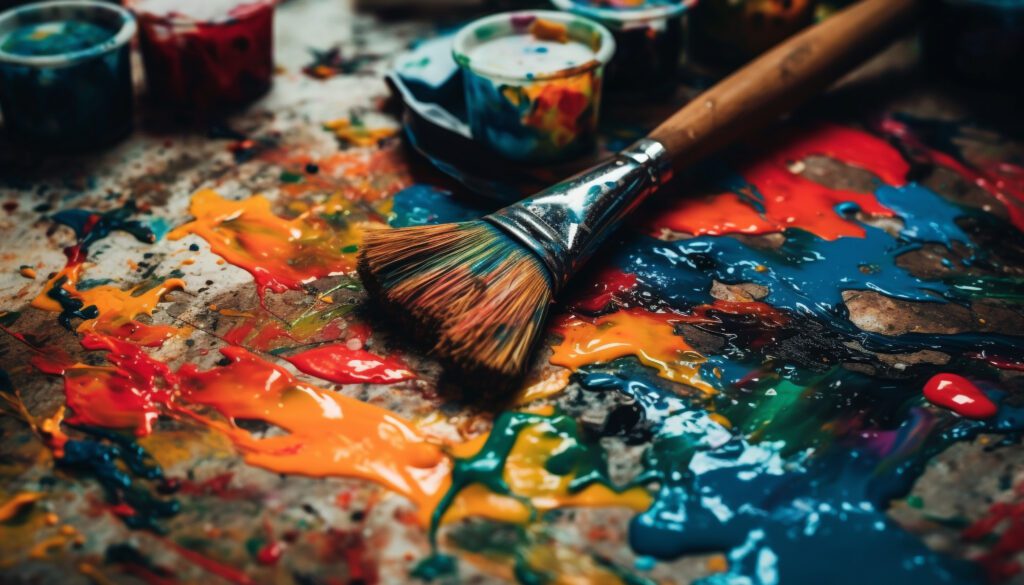Introduction:
Welcome to the world of stippling! Stippling is a fascinating technique in which small dots are made on a surface to create shading, texture, and depth. This technique requires patience and precision, but the results can be incredibly rewarding. In this guide, we will walk you through the process step by step, providing helpful tips and ideas along the way. For further resources and inspiration, be sure to visit our website at https://urartstudio.com.
Stippling Technique – Step by Step:
Step 1: Prepare your materials: Gather all the necessary materials for your stippling artwork. You will need drawing paper or canvas, fine-tipped pens or markers, a pencil for sketching, and an eraser. It’s also a good idea to have a variety of pen sizes to achieve different effects.
Step 2: Plan your composition: Begin by sketching your subject lightly with a pencil. Consider the placement, proportions, and overall composition of your artwork. This preliminary sketch will serve as a guide throughout the stippling process.
Step 3: Start with light dots: With a fine-tipped pen, lightly apply small dots to the areas where you want the lightest shading. Keep the dots spaced apart and evenly distributed. Begin with a light touch, as it is easier to add more dots and increase the darkness later.
Step 4: Gradually build up the tones: As you progress, gradually increase the density and size of the dots to create darker areas and shadows. Vary the spacing of the dots to achieve a range of tones and textures. Pay close attention to the contours and form of your subject, using dots to emphasize the shape and depth.
Step 5: Control your pressure: Stippling is all about control. Experiment with varying the pressure you apply to the pen to create different effects. Lighter pressure will result in smaller, lighter dots, while firmer pressure will produce larger and darker dots. Mastering this technique will give your artwork a sense of depth and dimension.
Step 6: Be patient: Stippling can be time-consuming, but patience is key. Take breaks when needed to avoid strain or frustration. Remember that each dot contributes to the overall impact of your artwork, so take your time to ensure a high level of detail and precision.
Helpful tips and ideas for artists:
- Experiment with different pen sizes: Use pens with various nib sizes to achieve a range of dot sizes and effects. This will add depth and texture to your artwork.
- Create a tonal reference: Before starting your artwork, create a tonal reference chart using different densities of dots. This will serve as a guide and help you achieve the desired shades and highlights.
- Practice on small sections: Start by practicing on small sections of your subject to hone your stippling skills. This will allow you to refine your technique before tackling larger areas.
- Vary your dot spacing: To create a sense of texture, vary the spacing between your dots. Closer spacings will create a smoother appearance, while wider gaps will lend a more open and airy feel.
- Combine stippling with other techniques: Stippling can be combined with other techniques such as cross-hatching or blending to enhance your artwork. Don’t be afraid to experiment and mix different techniques for interesting effects.
Remember, mastering stippling takes time and practice. Don’t hesitate to browse through more free resources on our website at https://urartstudio.com for additional guidance, tutorials, and inspiration. Happy stippling!


